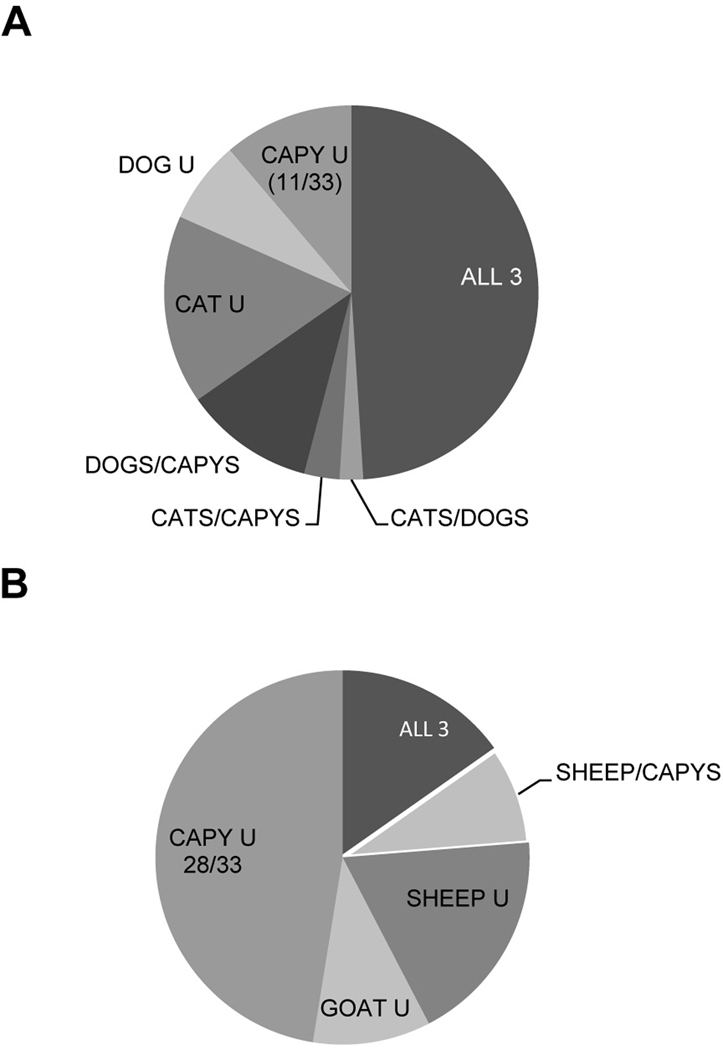Figure 4. Comparison of Toxoplasma gondii genotypes from wildlife and domestic carnivores and herbivores in Sao Paulo state, Brazil.
A. RFLP genotypes from T. gondii isolates from capybaras (representative of wildlife) and cats and dogs (representative of domestic carnivores) were analyzed for their distribution among seven categories: 1. Genotypes found in all three species (ALL3); 2. Genotypes found in cats and dogs only (CATS/DOGS); 3. Genotypes found in cats and capybaras only (CATS/CAPYS); 4. Genotypes found in dogs and capybaras only (DOGS/CAPYS); and genotypes that were unique to 5. Cats (CAT U); 6. Dogs (DOG U); and 7. Capybaras (CAPY U). Results show that many of the isolates possessed genotypes that were unique to their respective species of origin within this sample set, though nearly half of the isolates possessed a genotype found in all three species. Only 11 of the 33 total isolates from capybaras possessed a genotype that was not also found in a domestic carnivore. B. The same analysis was conducted to compare the capybara sample set to domestic herbivores, represented by sheep and goats. In contrast to the domestic carnivore comparison, nearly all the capybara isolates (28/33) possessed a genotype that was not found in domestic herbivores. All isolates were obtained from animals from Sao Paulo state, Brazil. Capybara data was from Yai et al. (2009), cat data from Pena et al. (2008), and dog data from Dubey et al. (2007a).

